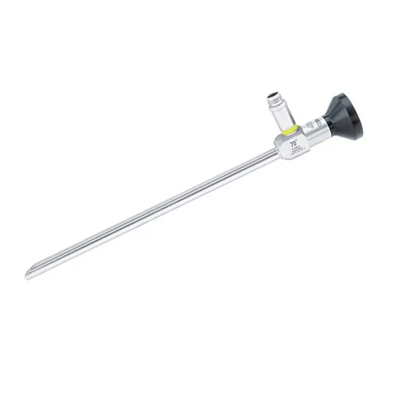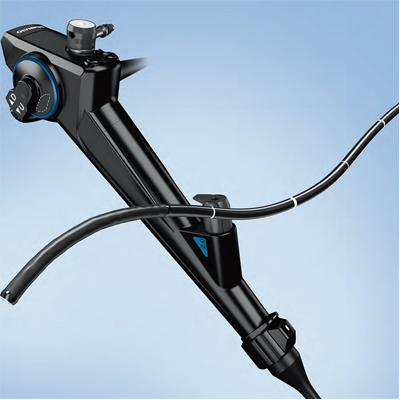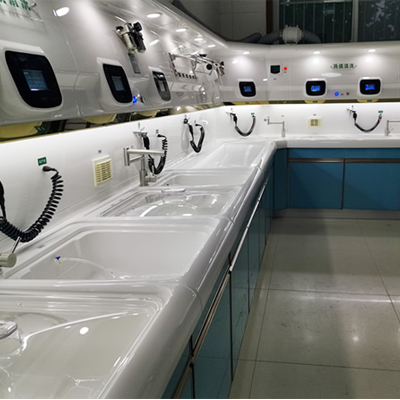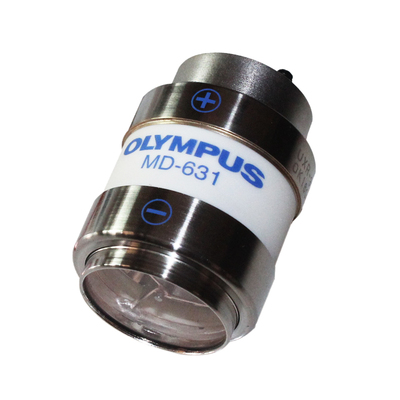
The difference between flexible endoscopes and rigid endoscopes
2月 7, 2022
Common problems in endoscope repair – endoscope water leakage
2月 14, 2022For patients, electronic endoscopes have the advantages of low trauma, light pain, few complications, and fast treatment speed. For medical staff, they have the advantages of high efficiency, high diagnosis rate, and safety. They are widely used in clinical applications in hospitals. However, the structure of electronic endoscopes is complex, the price is relatively expensive, and the technical difficulty of manual operation and maintenance is high. Therefore, electronic endoscopes must pay attention to operation and use, troubleshooting, and maintenance issues in daily use, otherwise it will easily lead to electronic endoscopes. Failure, resulting in increased medical costs.
1. The structure of the electronic endoscope
Electronic endoscopy is a kind of precision electronic optical instrument that can be widely used in medical and clinical fields. Its structure is relatively complex and can mainly be used for direct observation, diagnosis, and treatment in vivo. Electronic endoscopes are generally used in combination with other equipment. These equipment as a whole are regarded as electronic endoscope systems, which mainly include fiber mirrors, electronic mirrors, displays, light sources, image processing centers, electric knives, sonication centers, recording devices and other equipment, while electronic endoscopes mainly include optical imaging systems, CCD, beam guides, adjustment mechanisms and other structures.
2. Working principle of electronic endoscope
When the electronic endoscope is working, light is emitted from the cold light source and transmitted by the guided beam and the endoscope to the part of the body to be inspected. Then the objective lens is imaged on the CCD, and then the image of the inspected part is transmitted to the video processor through optical, electrical and video signal conversion, and finally it is placed on the monitor after image processing.
- Image processing center
The image processing center is responsible for converting the CCD imaging signal into a video signal and then putting it on the monitor. In this process, the electronic endoscope operator can control the endoscope in the body through the adjustment of the cold light source and the remote control switch, so as to obtain images with different colors, light and dark.
- Cold light source
The cold light source is responsible for providing the lighting of the endoscope. Xenon lamps or halogen lamps are generally used. There is a protective layer on the outside of such bulbs that absorbs infrared rays, so there is relatively little heat generated when emitting light. The brightness of the cold light source can be adjusted by a control switch.
- Monitor
The monitor is responsible for converting the video signal into an image. Because the model and resolution of the monitor will directly affect the imaging effect, LCD monitors or CRT monitors are generally used in hospitals. The choice of monitor should be selected from the perspective of color reproduction and resolution. Do not adjust the parameters of the monitor when imaging the monitor.




